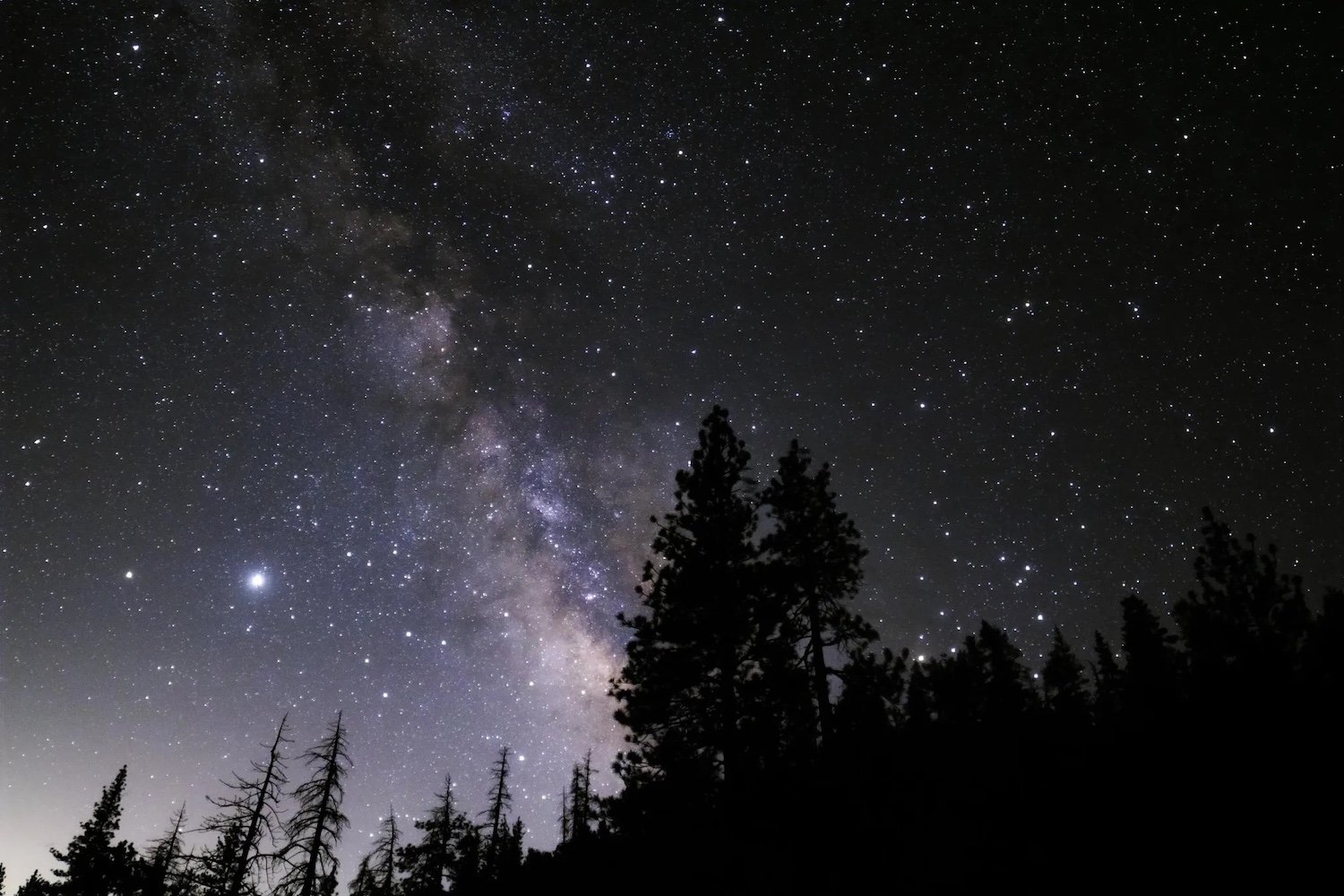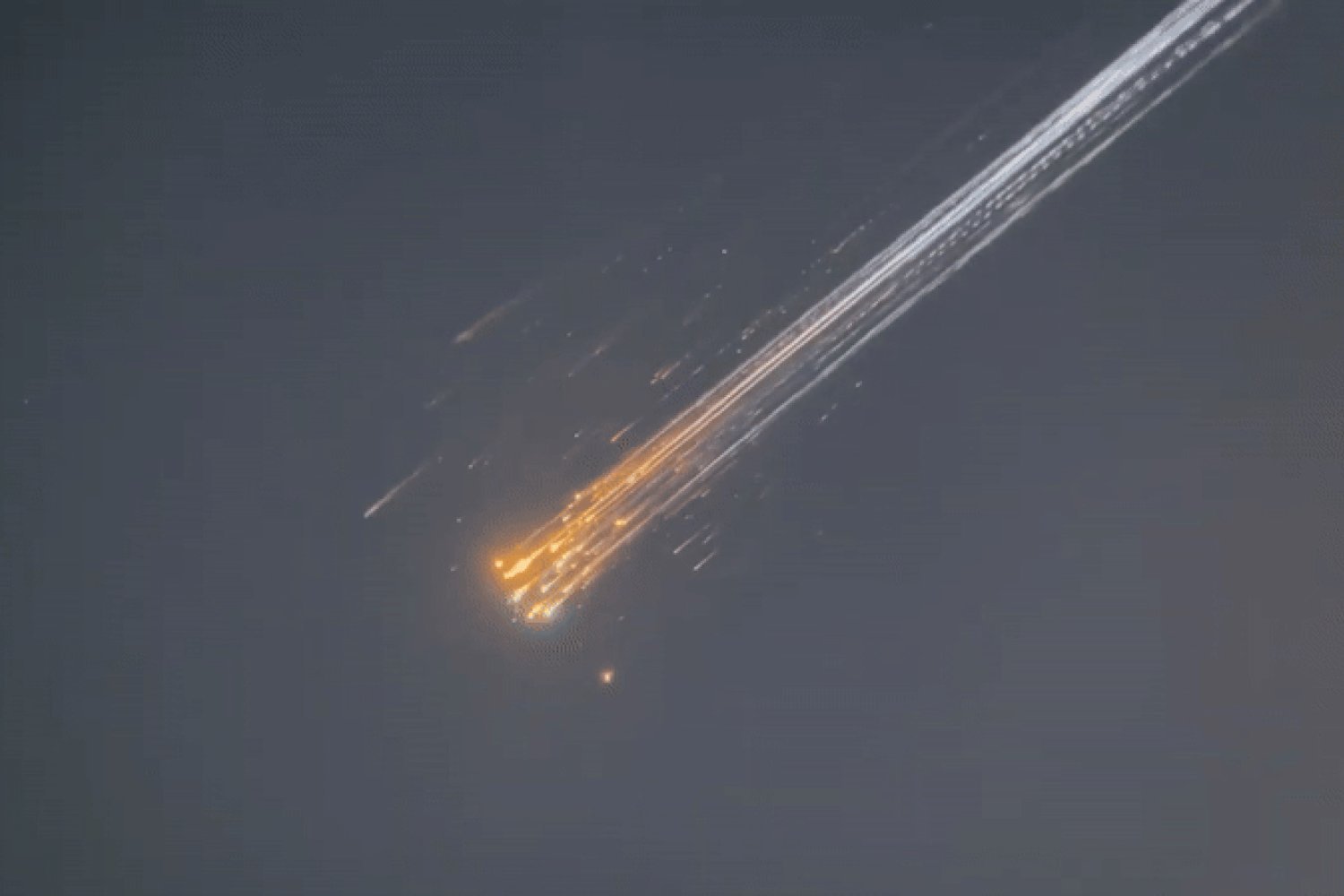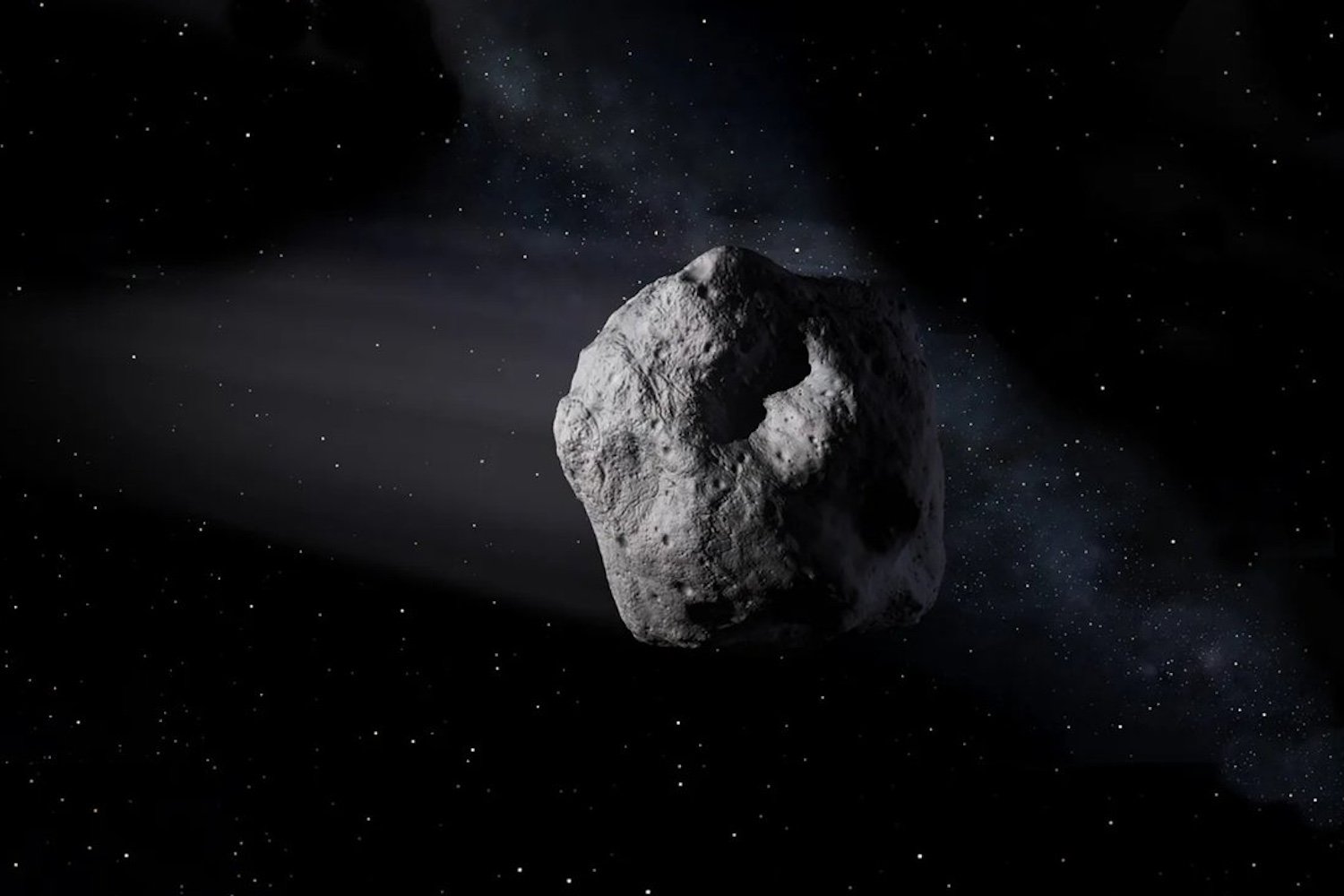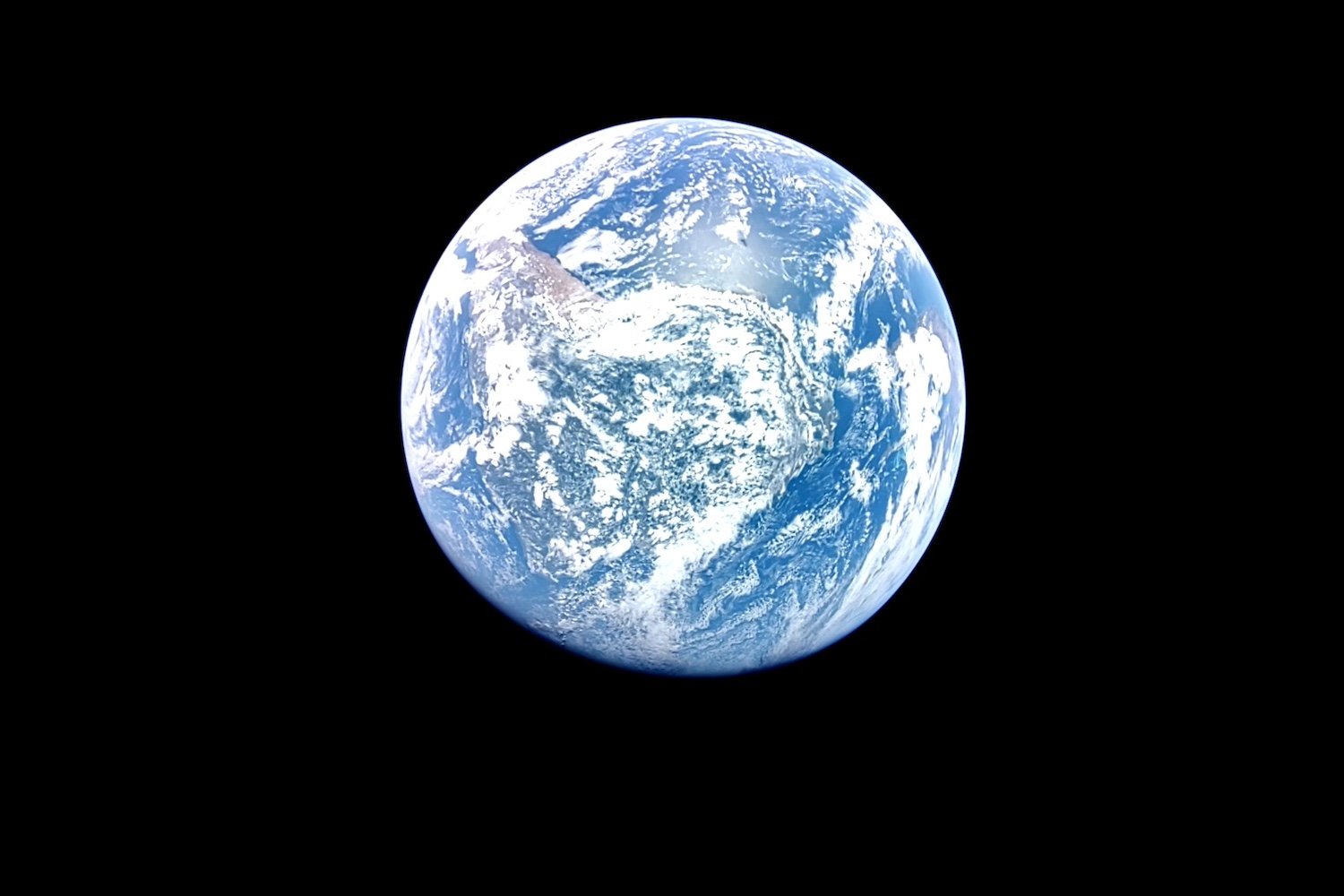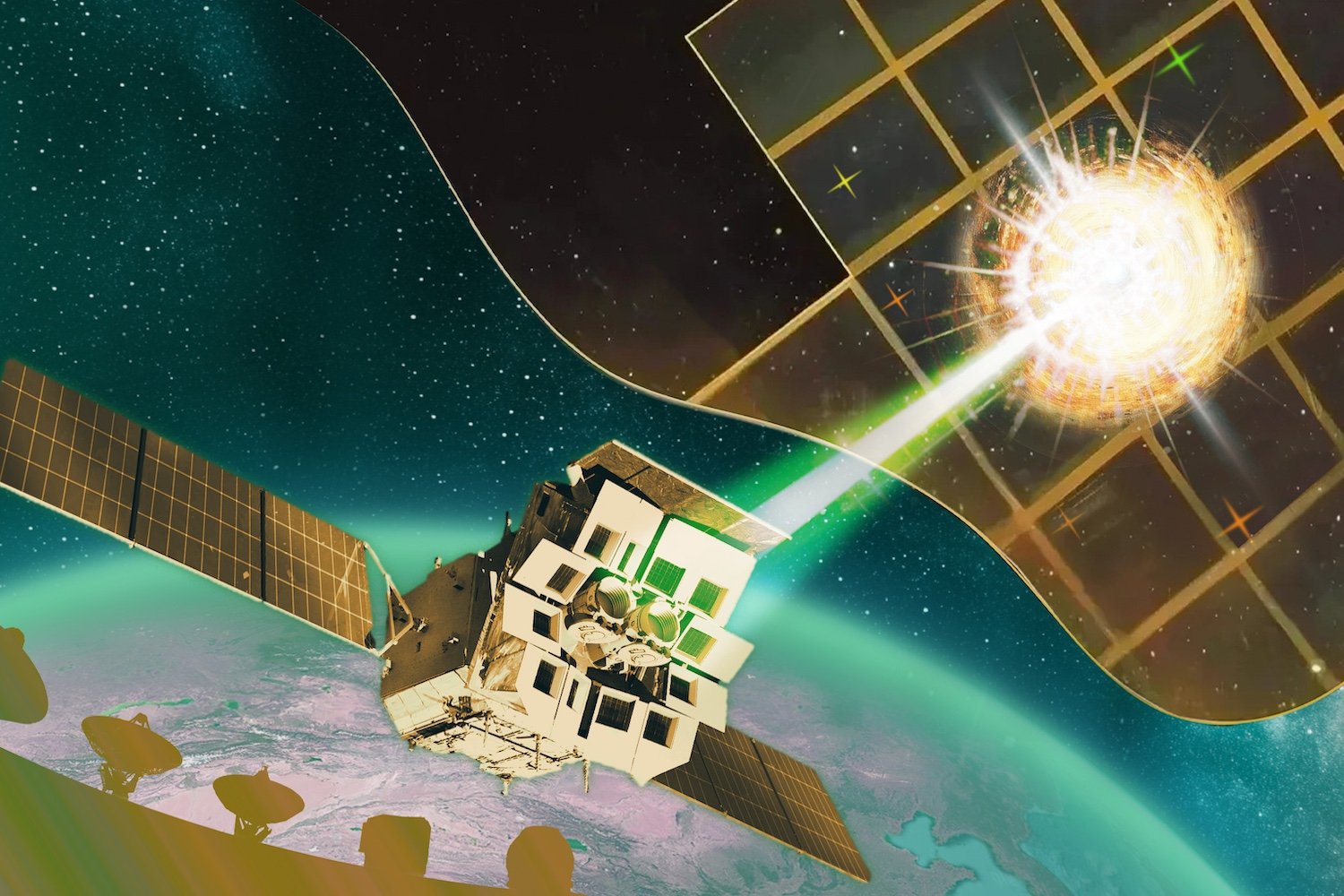Stargazers are in for a celestial treat this January and February as six planets align in a stunning cosmic display. Venus, Mars, Jupiter, Saturn, Uranus, and Neptune will be visible, forming a celestial line across the night sky. While Mercury won’t be joining this planetary parade, the remaining planets offer a unique opportunity to witness the vastness of our solar system. This rare alignment, visible over the next few weeks, allows most of these planets to shine brightly, easily observable even without a telescope, according to NASA.
It’s important to note that this planetary alignment is an optical illusion from our perspective on Earth. Each planet follows its own elliptical path around the Sun, and their apparent alignment is a result of their current orbital positions relative to Earth. While seeing two or three planets aligned is relatively common, observing four or five is less frequent, making this six-planet alignment a remarkable event. As NASA states, “These multi-planet viewing opportunities aren’t super rare, but they don’t happen every year, so it’s worth checking it out.”
Observing the Planetary Parade
Since the beginning of January, these planets have been gradually converging in the night sky. Venus and Saturn recently appeared remarkably close, a phenomenon known as a dual planetary conjunction. Despite their apparent proximity from Earth, these two planets are actually separated by hundreds of millions of miles. Mars, meanwhile, is currently in opposition, meaning it’s directly opposite the Sun from Earth’s perspective, resulting in its brilliant appearance throughout the night.
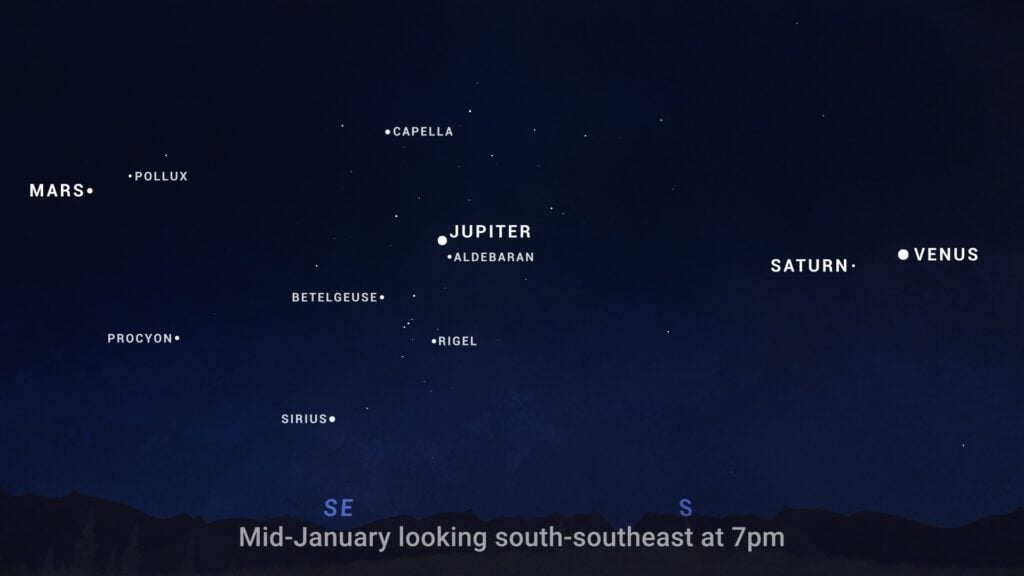 Jan 2025 Sky Chart PlanetsSky chart illustrating the planetary conjunction visible in January. (Credit: NASA/Caltech)
Jan 2025 Sky Chart PlanetsSky chart illustrating the planetary conjunction visible in January. (Credit: NASA/Caltech)
Venus and Saturn can be found in the southwestern sky shortly after sunset, while Jupiter shines brightly overhead and Mars graces the eastern horizon, as per NASA’s guidance. These four planets are readily visible to the naked eye. However, to observe Uranus and Neptune, you’ll need binoculars or a telescope. The optimal viewing time for this alignment is approximately 30 to 60 minutes before sunrise, from a dark location with minimal light pollution and an unobstructed view of the sky.
The Ecliptic and Virtual Viewing
The line formed by these planets in the sky is known as the ecliptic. It represents the plane of our solar system where the planets orbit the Sun, according to NASA. This alignment provides a rare chance to appreciate the scale of our solar system and witness these celestial bodies shining brightly. If you’re unable to view the alignment directly, the Virtual Telescope Project 2.0 in Europe is offering a live stream of the conjunction beginning at 12:30 p.m. ET (5:30 p.m. UTC) on January 25th. This online viewing opportunity allows everyone to experience this remarkable planetary alignment.
Capturing the Moment
This planetary alignment offers a fantastic opportunity for astrophotography. With careful planning and the right equipment, you can capture stunning images of this celestial event. Experiment with different exposure settings and lenses to capture the planets’ varying brightness and colors. Whether you’re a seasoned astronomer or a casual observer, this planetary alignment is a must-see cosmic event. Don’t miss this chance to witness the beauty and wonder of our solar system.



